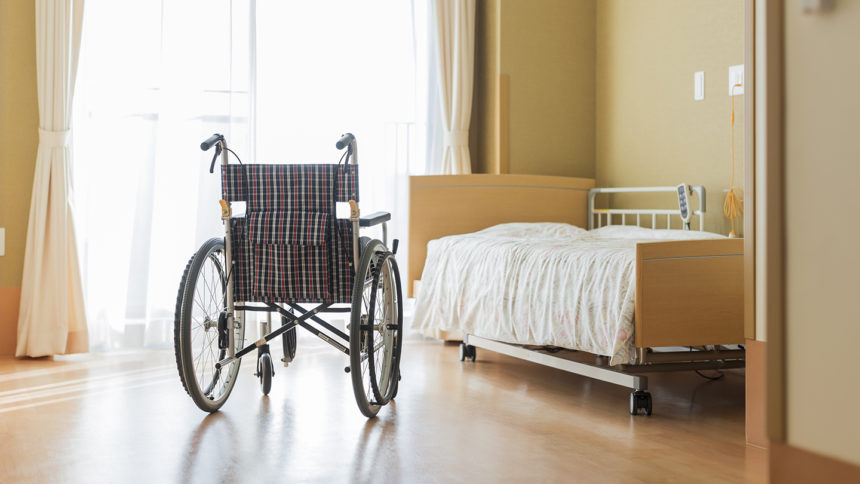
By Joe Bush
Atlanta-area nonprofit nursing home operator AG Rhodes is fully pursuing the buzz of resident-centered care by transitioning its four sites to private rooms only.
AG Rhodes is constructing a facility at one of its three Atlanta metro locations with all private rooms and is converting its three existing buildings from semi-private to private rooms. In the new facility, there will be six households of 12 rooms each. Also at that location, an existing facility will be remodeled to turn 74 rooms (56 semi-private) to 58 private rooms. Those projects are aiming for a late 2023 or early 2024 completion.
Another facility has 138 beds and yet another 150. More than half of those rooms are semi-private.
“Single rooms are quickly becoming not a luxury but a real necessity,” noted A.G. Rhodes Board Chair David Perdue in LeadingAge blog post Wednesday.
Private rooms before the pandemic were mainly to satisfy a philosophy of person-centered care and for resident dignity at the expense of capacity, said A.G. Rhodes CEO Deke Cateau, whose company began converting semi-private rooms to private in 2015. The pandemic made privacy a health accommodation as well.
LeadingAge and the American Health Care Association created the Care For Our Seniors Act in 2021. One of its four pillars calls for a shift to private rooms.
“The average nursing home is around 40 to 50 years old,” the two advocacy groups noted. “The traditional care models are no longer considered appropriate to provide person-centered care. One central aspect of this shift is a greater emphasis on autonomy, dignity and privacy. The value of increased privacy is central to this debate.
“Private rooms also support infection control best practices. We support the development of a national study producing data on conversion costs and a recommended approach to make this shift.”
This idea was included in the industry-shaking 2022 nursing home quality report from the National Academies of Science, Engineering, and Medicine as well.
“The committee additionally recommends structural improvements such as shifts to private rooms and smaller care settings through incentives for new construction and renovation,” said the report. “It remains to be seen what type of incentives are available amidst so many competing initiatives that require such significant and as-yet unavailable financial support.”




